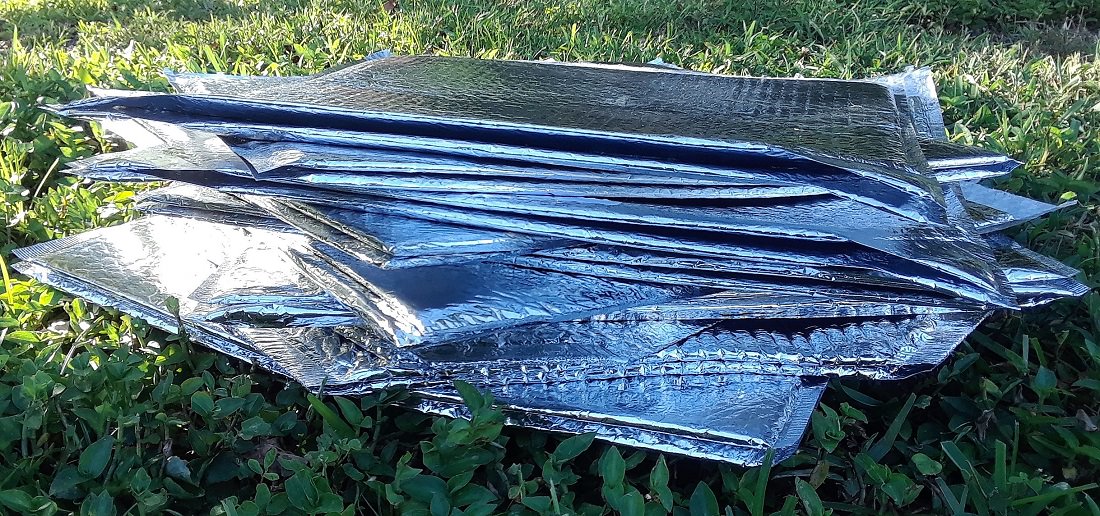Sensors, Vol. 25, Pages 3044: Evaluating PurpleAir Sensors: Do They Accurately Reflect Ambient Air Temperature?
Sensors doi: 10.3390/s25103044
Authors:
Justin Tse
Lu Liang
Low-cost sensors (LCSs) emerge as a popular tool for urban micro-climate studies by offering dense observational coverage. This study evaluates the performance of PurpleAir (PA) sensors for ambient temperature monitoring—a key but underexplored aspect of their use. While widely used for particulate matter, PA sensors’ temperature data remain underutilized and lack thorough validation. For the first time, this research evaluates their accuracy by comparing PA temperature measurements with collocated high-precision temperature data loggers across a dense urban network in a humid subtropical U.S. county. Results show a moderate correlation with reference data (r = 0.86) but an average overestimation of 3.77 °C, indicating PA sensors are better suited for identifying temperature trends but not for precise applications like extreme heat events. We also developed and compared eight calibration methods to create a replicable model using readily available crowdsourced data. The best-performing model reduced RMSE and MAE by 51% and 47%, respectively, and achieved an R2 of 0.89 compared to the uncalibrated scenario. Finally, the practical application of PA temperature data for identifying heat wave events was investigated, including an assessment of associated uncertainties. In sum, this work provides a crucial evaluation of PA’s temperature monitoring capabilities, offering a pathway for improved heat mapping, multi-hazard vulnerability assessments, and public health interventions in the development of climate-resilient cities.
Source link
Justin Tse www.mdpi.com

